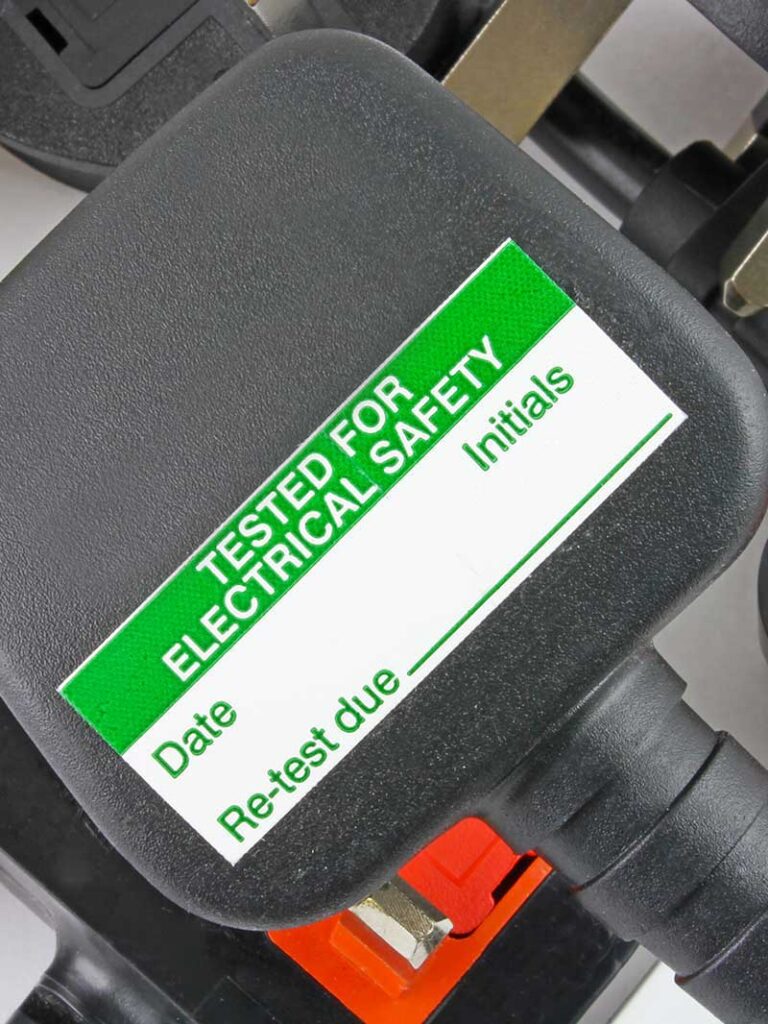EICR Brentwood Landlords Electrical Inspections & Certificates
Call – 01277 801560
EICR Brentwood: Landlord’s Electrical Inspections and Certificates. Inspections in Brentwood and the surrounding areas are carried out by NICEIC-registered domestic installers to make sure properties are safe for tenants. Certificates are issued following the inspection.

Would highly recommend.
Quick response and good workmanship
Thanks
Special thanks, also, to Steve's earnest contribution: not only for his positive and courteous attitude but also the due diligence and care consistently applied in terms of cleaning up after each stage in the whole process. Much admired and greatly appreciated.
Overall, I am very pleased with the entire experience and, as such, would happily recommend TM Hughes and Son to others.
- Landlord’s Electrical Installation Condition Reports (EICR)
- Issued by NICEIC-registered electricians
- Brentwood and the surrounding areas
Call – 01277 801560
TM Hughes & Son Electrical Services is a team of electricians with NICEIC domestic installer certification.
We undertake landlord electrical inspections and issue the relevant certification. EICRs are compulsory for landlords who rent out properties; they are optional for homeowners, but valuable for both home buyers and sellers.
EICR Certificates
An Electrician can visit your property at a pre-agreed time to undertake the electrical inspection. Electrical inspections typically take between 1 and 4 hours, depending on the size of the property being inspected.
During the inspection, every part of your electrical system is inspected and tested for decay, damage and faults, all of which present a danger to your tenants. During the inspection, the following components are checked and tested.
- Consumer Unit – The consumer unit is responsible for powering your sockets, lights, and appliances, and preventing electrocution, overloaded circuits, and electrical fires.
- RCD, MCB, RCBO Fuses – These fuses are fitted into the consumer unit. In the event of a fault they trip, cutting the power supply, an essential safety feature.
- Wiring – Wiring is connected to the consumer unit, carrying the electrical current to all circuits in the home.
- Sockets – All sockets and switches are tested for faults and inspected for security and signs of wear.
- Lights – The lighting circuit, including fittings and switches, is inspected and tested.
- Earthing & Bonding – Used to carry current to earth in the event of a fault.
As every part is inspected and tested, it is either passed or, if there are any issues, given a code. The codes represent different levels of fault severity.
Codes
- C1 – The Electrical system is dangerous and not fit for use, and requires immediate attention
- C2 – A fault that’s a potential danger and hazard should be rectified urgently.
- C3 – A non-dangerous, non-essential repair of the fault that the electrician recommends is rectified
The electrician undertaking the inspection will identify and price any faults. If you would like TM Hughes & Son to undertake the repairs, we can do them there and then (if the necessary parts are available) or return at a later agreed-upon date.
Once the system has passed, the certificate is written and issued by the electrician. The certificate confirms that your electrical system adheres to the British Standard for Electrical Safety and the latest wiring regulations.
Your property is legally rented, and your tenants are safe to use the electrical system. Check your landlord’s insurance policy. Most stipulate an EICR as a validation requirement.
Why EICR?
As a landlord, you have a legal duty of care towards your tenants. You must ensure that the electrical and gas systems (we can arrange CP12 gas certificates; please get in touch for details) are safe for your tenants to use.
By law, you must have an EICR every five years or at the start of each tenancy (whichever comes first). An Electrical Installation Condition Report verifies your electrical system is safe and that you’re renting your property legally. All EICRs must be undertaken by a certified electrician who can adequately test, inspect, and sign off on the system with the necessary legal certification.
The inspection uncovers any faults that can then be rectified, so the electrical system is safe. You can also prove your electrical system is up to standard to tenants, letting agents and insurers, all of whom will ask for a valid EICR before signing up with you or covering you.
It’s recommended that homeowners (who live on their property but don’t let it) have an EICR every 10 years to ensure the electrical system is safe, uncover any defects and make repairs if necessary.
If you’re buying a home, you can have an EICR beforehand to establish the electrical system’s condition. If you’re selling your home, you can have an EICR to show buyers that the electrical system is in good condition and won’t be an additional expense for them after purchase.
What’s A VIR?
VIR stands for ‘visual testing & inspection’, a non-essential visual inspection of your electrical system. Some landlords have VIRs in between having EICRs to ensure their electrical systems are in order.
An electrician visits your property and visually inspects the consumer unit, sockets, lights, switches, etc., but testing is not performed. Afterwards, a report is written with recommendations for repair or alterations. It’s then up to the landlord to act on those recommendations.
VIRs are optional. Landlords book VIRs periodically (for example, halfway through a tenancy agreement) for extra reassurance that they are not a substitute for EICRs.
VIRs are quick and usually take around an hour.

Hi, I’m Terry, the founder and owner of TM Hughes & Son Electrical Services
Please get in touch to book an appointment or receive a free, no-obligation quote
Call: 01277 801560



